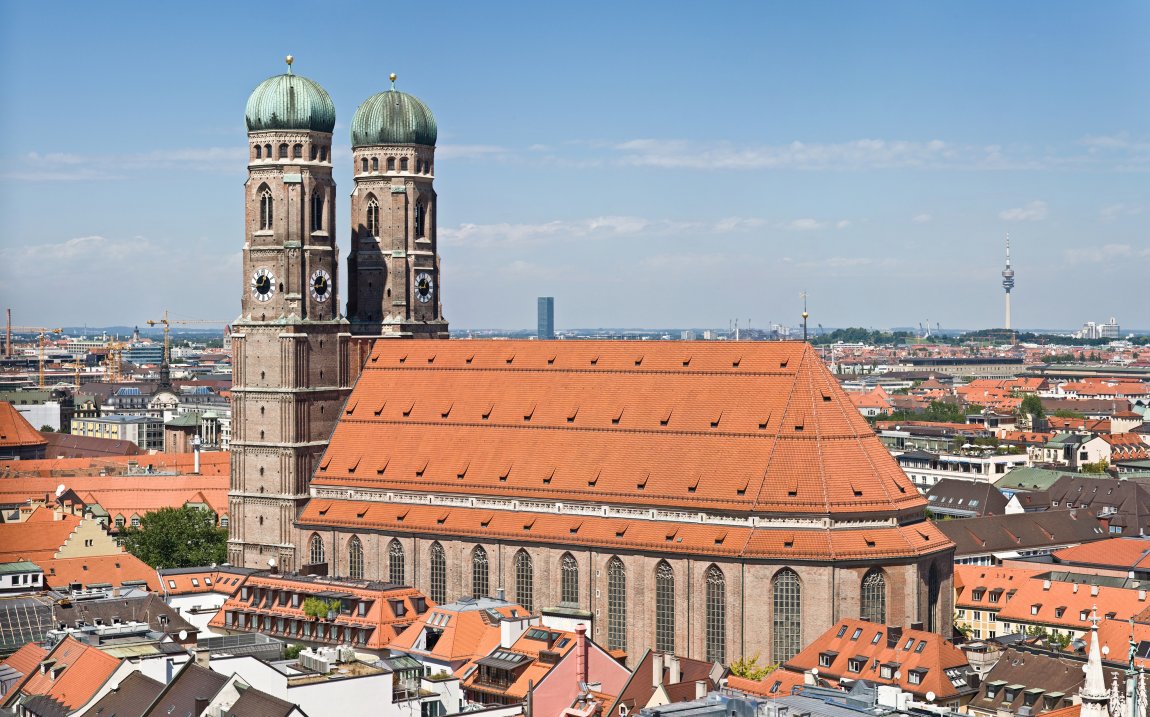Munich (German: München) is the capital and largest city in the state of Bavaria in southern Germany. Munich is the third largest city in Germany after Berlin and Hamburg. It has a population of 1.36 million. The city is located on the River Isar, north of the Bavarian Alps.
The name Munich is derived from the German name München, which itself comes from the Old German Mönche, and means "little monk". This is because Munich was founded by Benedictine monks. For that reason, the city's coat of arms depict a monk.
Apart from Munich, there are two other places in Bavaria also called München. One is near the city of Nuremberg, while another is a town north of Passau.
 Neues Rathaus, the new City Hall of Munich
Neues Rathaus, the new City Hall of MunichSource: https://commons.wikimedia.org/wiki/File:Neues_Rathaus_I.jpg
Author: Bernd Reuschenberg

Going to Munich
By PlaneThe Munich International Airport (MUC) is the second biggest airport in Germany. It has two terminals. Lufthansa and its Star Alliance partners use Terminal 2 while all other airlines use Terminal 1. The airport is located to the northeast of the city, and is connected to it by the S-Bahn commuter train lines S1 and S8. Train services are from 4:00 am to midnight, at 20 minute durations. By Train
The main railway station of Munich, or Hauptbahnhof, is at the centre of the city. It is one of the main hubs for trains with connections to many major cities in Germany as well as to the neighbouring countries including Austria, Switzerland, Czech Republic and Italy.
 Frauenkirche, the Church of Our Blessed Lady in Munich
Frauenkirche, the Church of Our Blessed Lady in MunichSource: https://commons.wikimedia.org/wiki/File:Frauenkirche_Munich_-_View_from_Peterskirche_Tower2.jpg
Author: Diliff

Exploring Munich
Within the city centre, you can take the tram, the subway (U-Bahn) or the bus. To reach the suburbs, you can also take the train (S-Bahn). You can easily find the U-Bahn and S-Bahn stations by looking for the white U on a blue background and the white S on a green background. Latest updates on Penang Travel Tips
Latest updates on Penang Travel Tips

Copyright © 2003-2025 Timothy Tye. All Rights Reserved.

 Go Back
Go Back